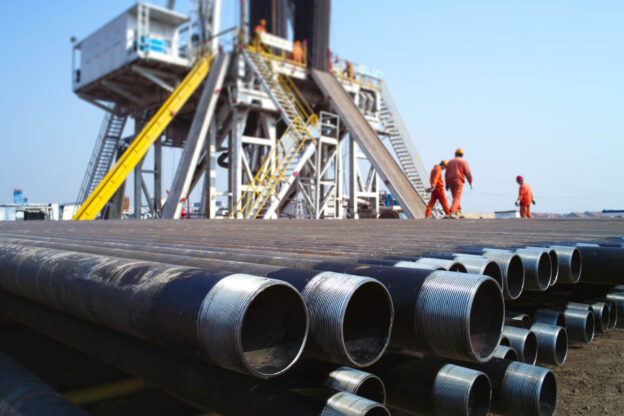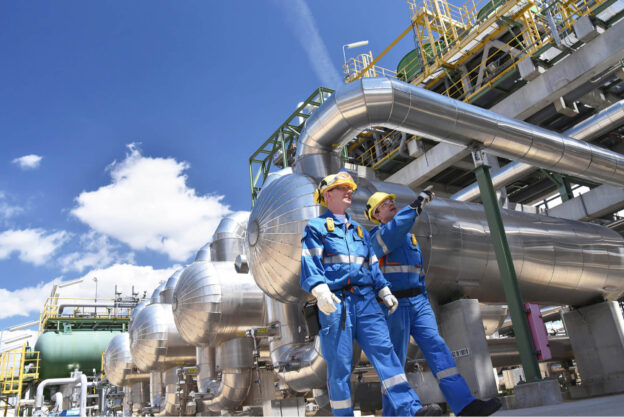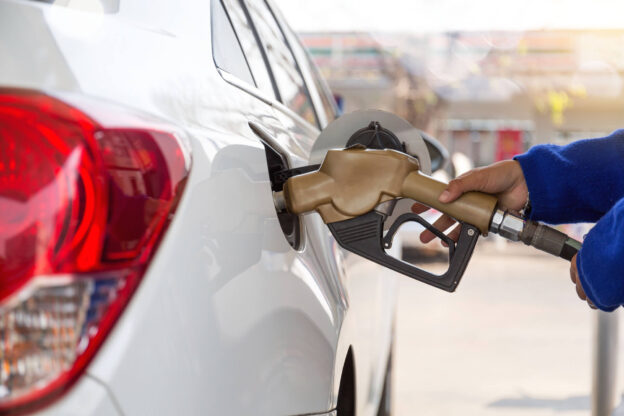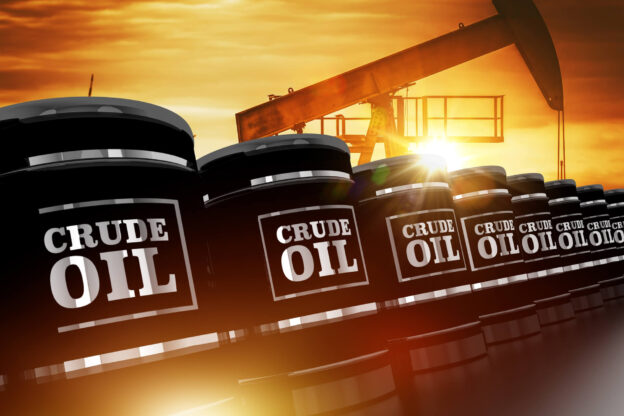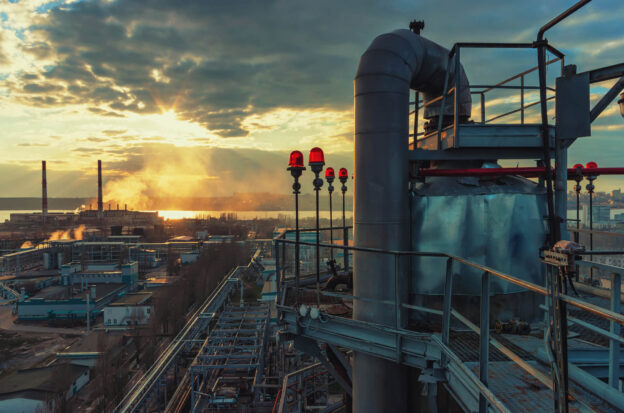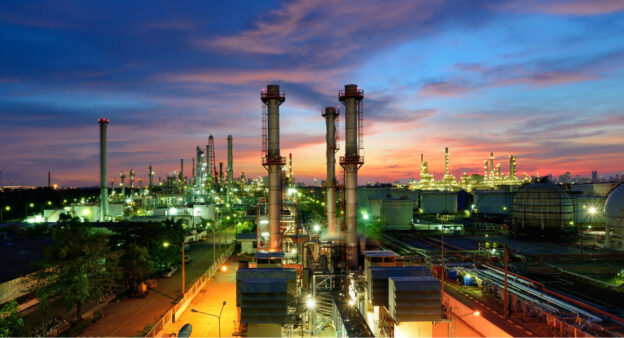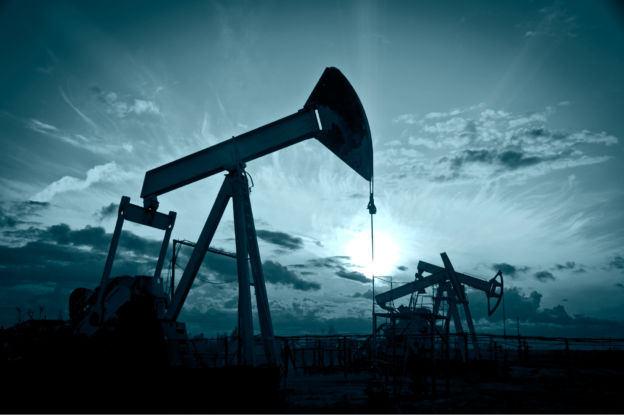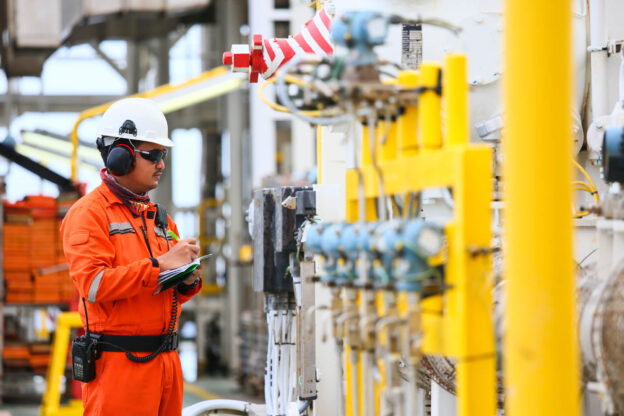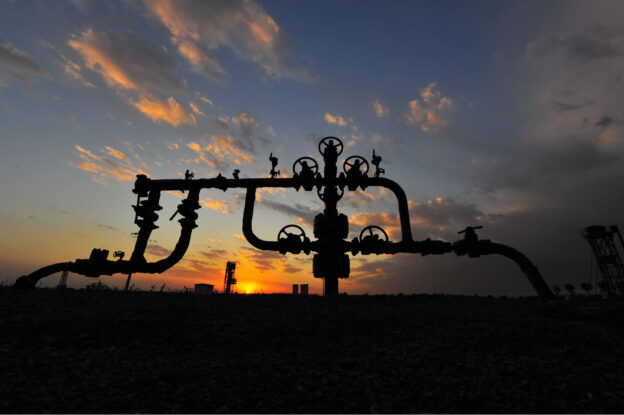Oil & gas facility equipment is built to withstand harsh weather conditions, constant use, and extreme internal operating temperatures. However, facility equipment will never last forever.
Even with regular maintenance, equipment ages, and becomes a detriment to a facility or drill site.
Here’s a closer look at four reasons why your oil & gas facility should keep tabs on the age of its equipment and make essential upgrades whenever necessary.
-
Old Equipment Presents Too Much Risk for a Facility
As your facility continues to rely on outdated equipment, several risk factors arise that pose significant problems to your site’s success.
While operational and business risks are problems that could develop, the biggest risk of older equipment is the safety risk it poses to your operators. If older equipment malfunctions and puts some of your essential workers out of commission, your daily productivity could quickly come to a halt.
Regular equipment upgrades help ensure that your equipment is always safe to operate and mitigates several risk factors your company faces.
-
Older Equipment Maintenance Slows Down Productivity
As equipment ages, it will increasingly become prone to breaking down and needing extra maintenance. At first, this may not be too much trouble and your productivity may be unaffected.
However, over time, as equipment becomes evermore obsolete, it becomes harder to track down the materials necessary for repairs. This extends the time allotted for repairs, puts the machinery your facility has out of service, and slows down your daily oil and gas production.
-
Upgrades Actually Save Money in the Long-Term
Although investing in new equipment may seem like a large upfront expense, the truth is that your facility or drill site saves money in the long run by getting rid of its old equipment.
As we’ve mentioned before, obsolete equipment takes time to repair and can also come with expensive maintenance fees and replacement parts.
Upgrading equipment gives your team the latest technology that brings swift, affordable maintenance with little downtime.
-
Your Facility Retains its Industrial Competence
It’s important for your facility’s bottom line to remain competitive within the industry. If your oil & gas company consistently relies on outdated equipment it will only end up falling behind its competitors based on its own lack of technical competence.
Upgraded equipment allows for further training opportunities, experience with new practices, and as a whole, puts your firm at the forefront of industry practices.
What Makes Pro-Gas Your Equipment Upgrade Specialist?
When the need for new oil & gas equipment arises, make sure that your facility upgrades with the most reliable provider in the industry. Pro-Gas, LLC.
Our team has over 90-years of experience in our industry and understands quality equipment when we see it.
We specialize in providing equipment that meets any client’s specific needs and streamlines the production process through our state-of-the-art technology that replaces your obsolete equipment.
From portable storage products to skid-mounted natural gas coolers, we have the equipment your facility needs to exceed its production goals.
Upgrade Your Facility Equipment Today With Pro-Gas, LLC
If you’re ready to upgrade your facility equipment at a competitive price point, the Pro-Gas team wants to meet you. Contact us today to learn more about our available equipment in your area.


